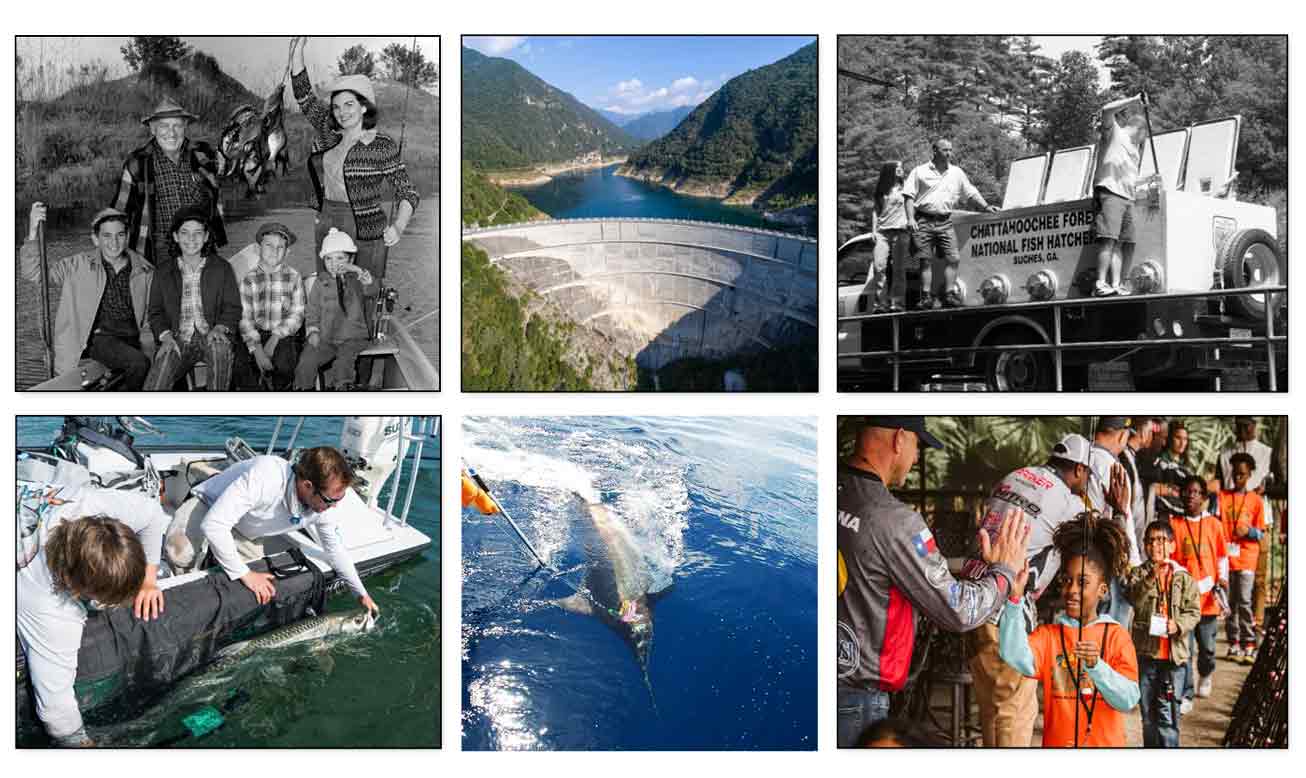A 11-part documentary series covering the history of Sportfishing to a depth and scope never before achieved through the integrated use of vintage and modern photographs, archival film footage, interviews and spectacular 4K contemporary action.
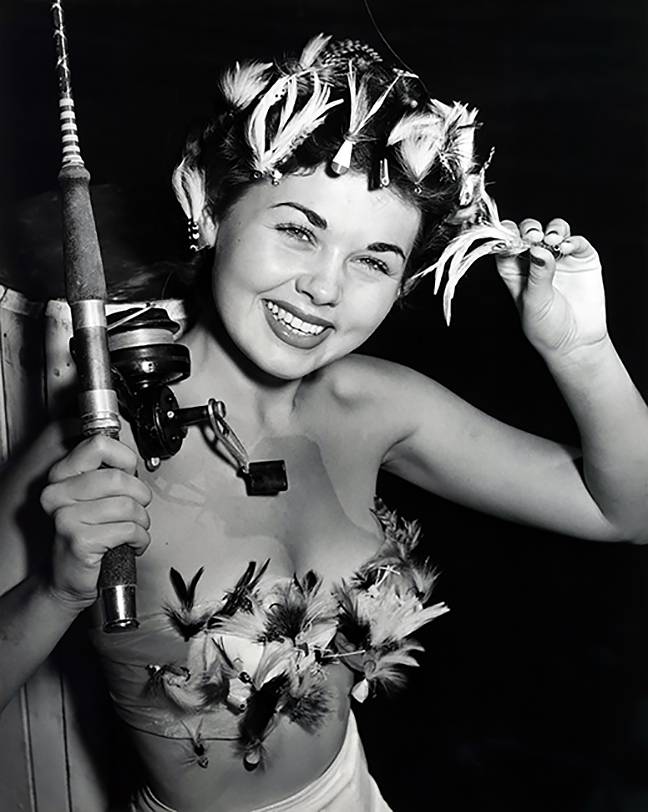
FILM SYNOPSIS
A Tribute to the History of Sportfishing takes the audience on an intriguing journey through the sport’s origins, explores periods of rapid research and development, features key figures in its history, and highlights the lessons learned from both successes and failures along the way.
The series examines a broad range of topics and species of gamefish and delves into periods of explosive growth in disciplines like offshore big game fishing, bass fishing, fresh and salt water fly fishing, and tournament competition.
It illuminates the current state of our fisheries, identifies the role of the individual angler in protecting them, and looks ahead with scientists and industry leaders to the tough choices that are being made to ensure the future of our sport.
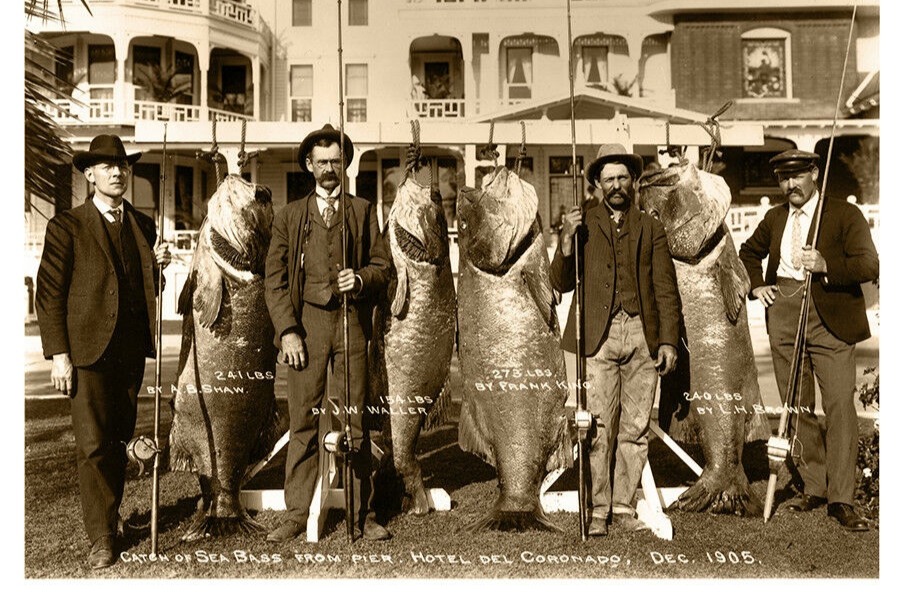
Since the beginning of time men and women have fished to provide food. They took to the seas and rivers in dug-out canoes, tied vines and roots into nets, sharpened branches into spears, and honed shells into hooks as a means of harvesting fish for survival.
This is the story of how the sport of fishing was born.
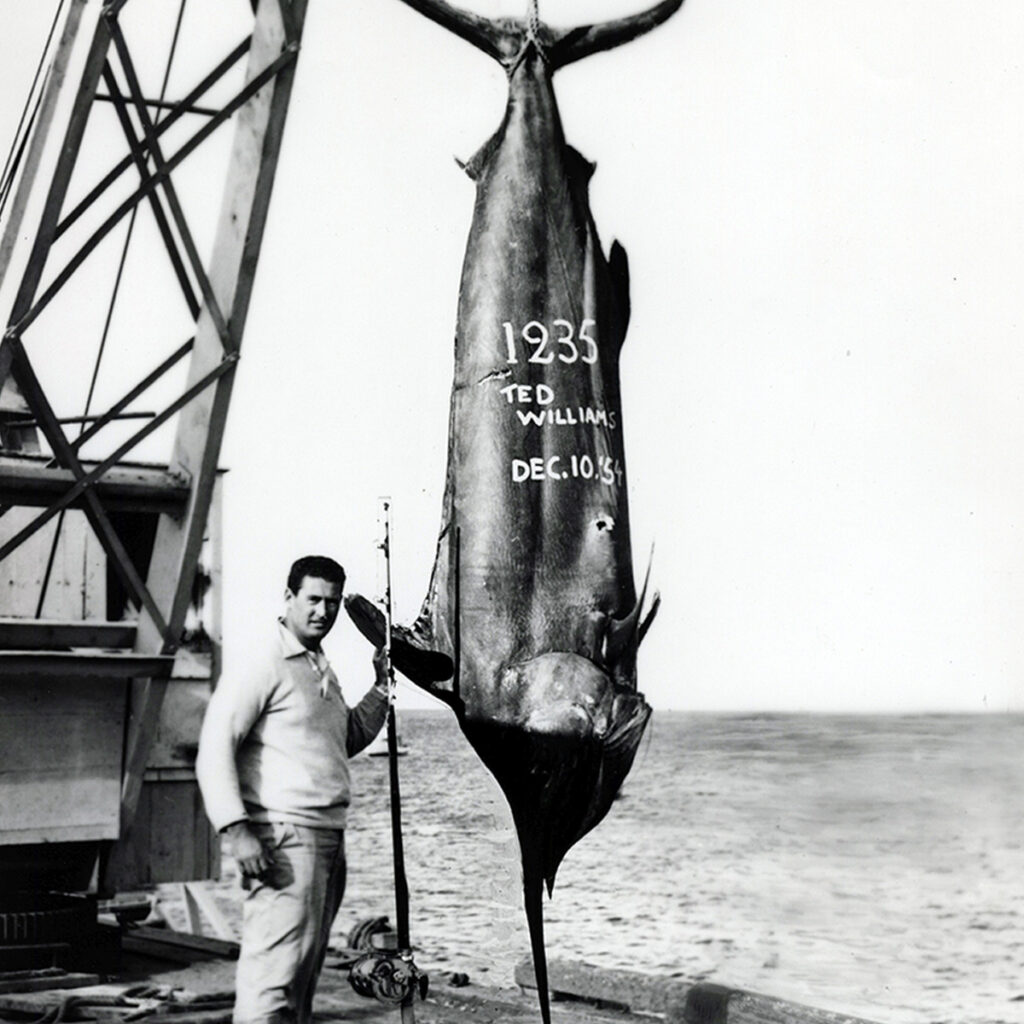
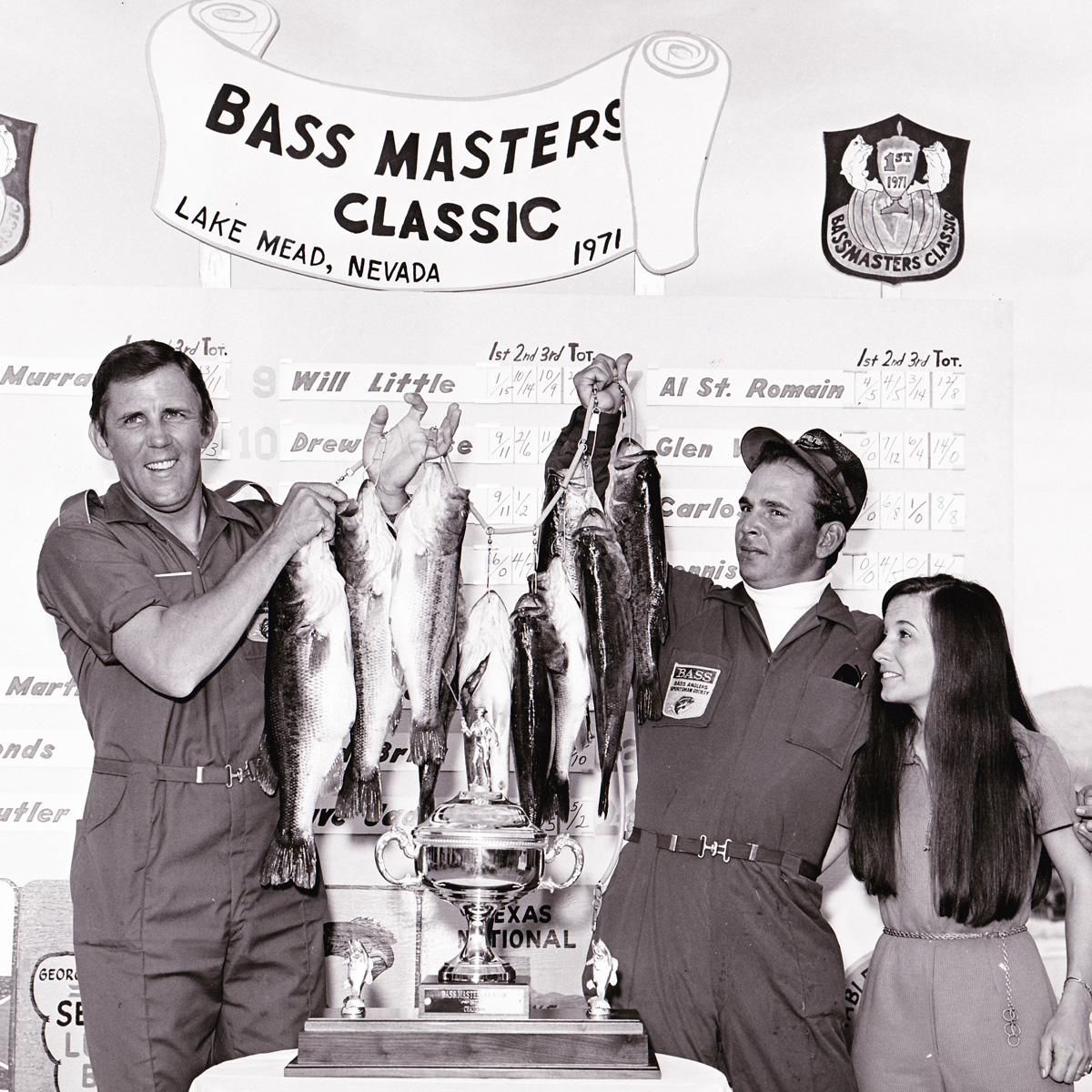
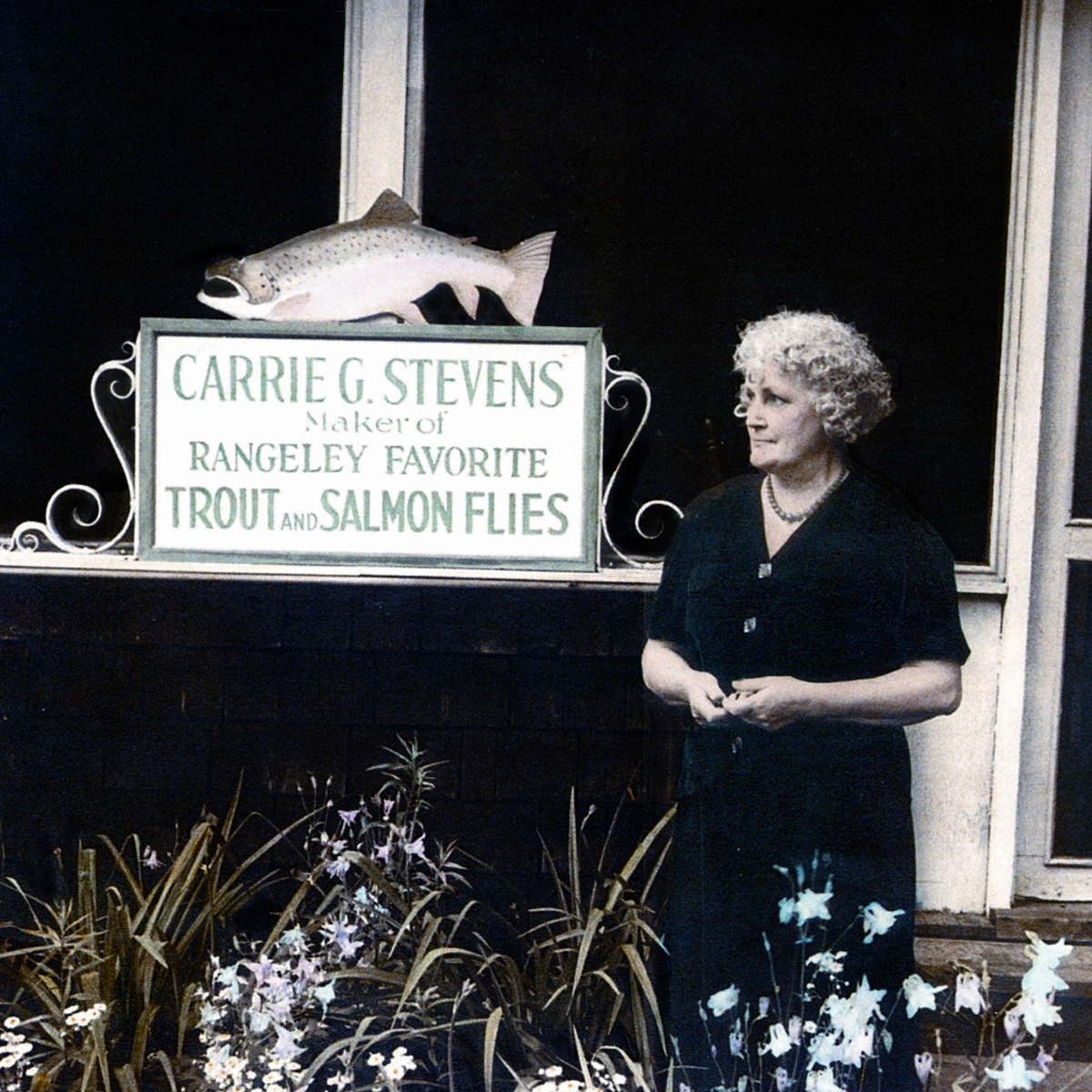
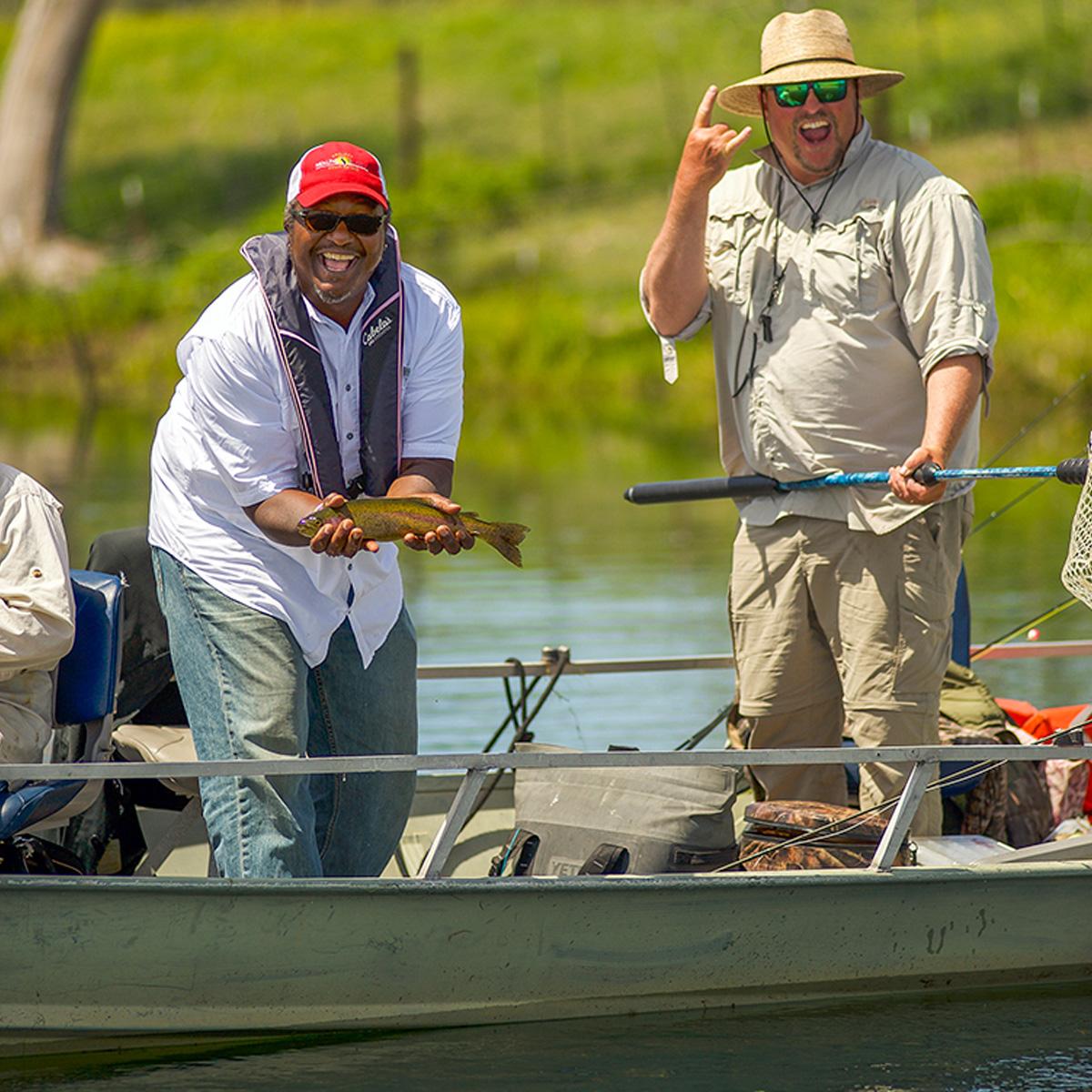
CHAPTERS
Chapter 1 - THROUGH THE MISTS OF TIME
Chapter 2 - SURVIVAL TO SPORT: THE BIRTH OF BIG GAME FISHING
Chapter 3 - BIMINI TO BAJA: IN PURSUIT OF GIANTS
Chapter 4 - AMERICAN INGENUITY ADVANCES THE SPORT
Chapter 5 - PUSHING THE LIMITS
Chapter 6 - ART OF THE FLY
Chapter 7 - ARTISANS OF THE FLY
Chapter 8 - BASS FISHING BECOMES A NATIONAL PASSION
Chapter 9 - BASS - THE GAMEST FISH THAT SWIMS
Chapter 10 - THE COMPETITIVE EDGE
Chapter 11 - CONSERVATION AND CHILDREN, THE FUTURE OF SPORTFISHING
Chapter 1 - THE WATER CALLS MY NAME
A look back into the earliest known recorded history of fishing, from the far East to ancient Egypt, Great Britain and the shores of the American colonies.
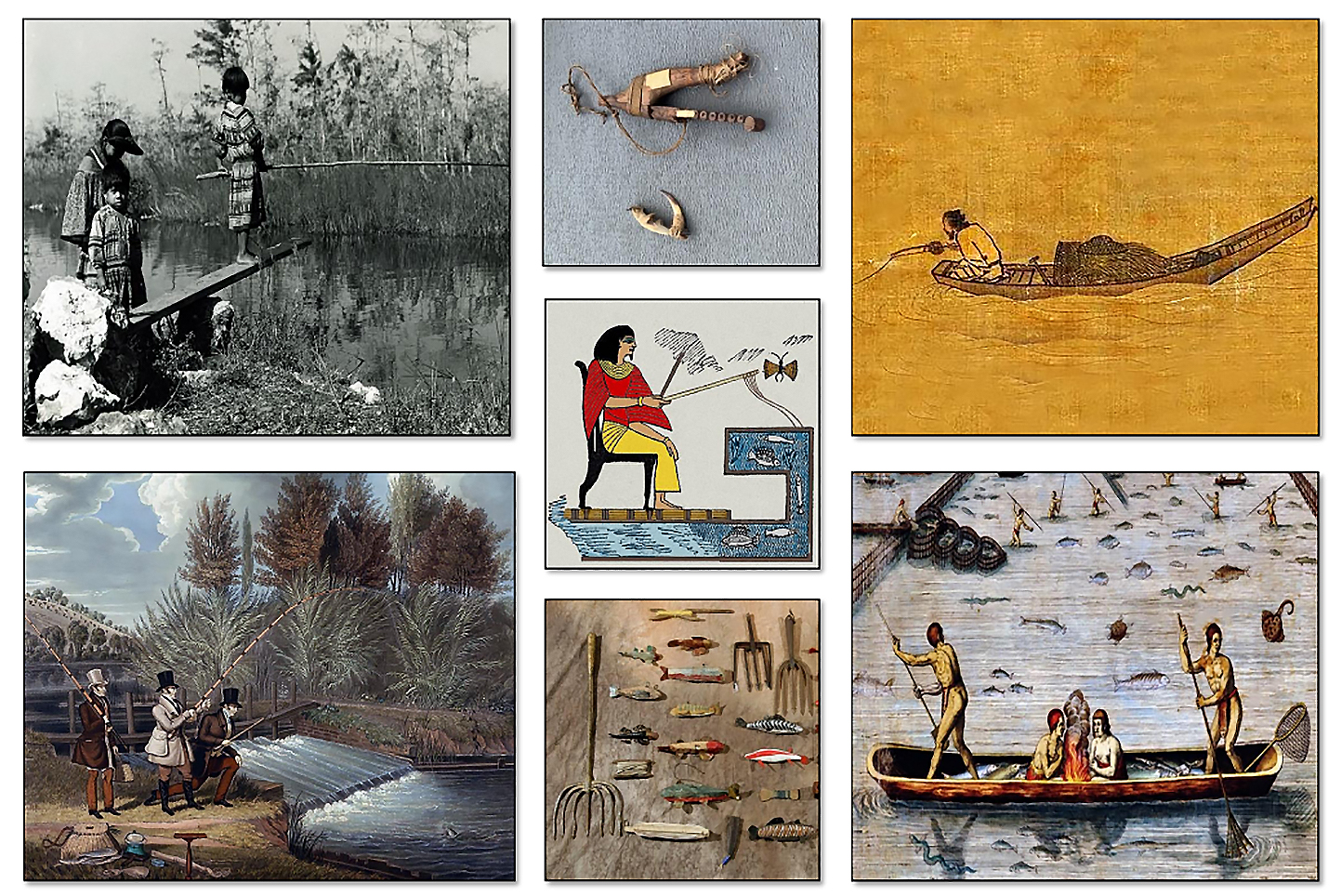
Chapter 2 - SURVIVAL TO SPORT, THE BIRTH OF BIG GAME FISHING
English Settlers in the colonies brought over time-honored traditions of fly fishing for small game like trout, but in the 1800s, fishing as a sport made a major surge forward when pioneering individuals in Florida and California set out to develop the tackle and techniques necessary to take big game fish in offshore waters.
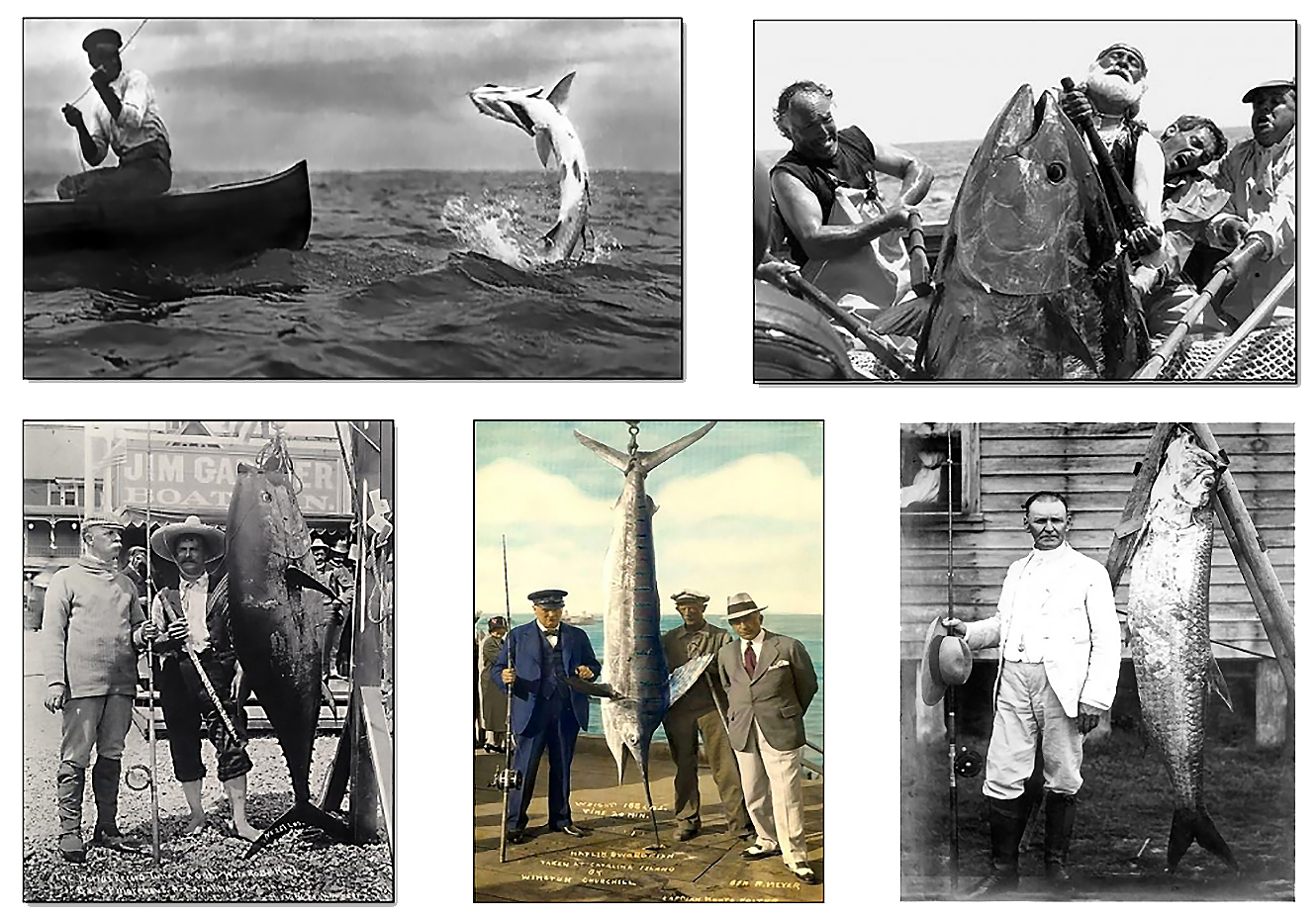
Chapter 3 - IN SEARCH OF GIANTS
As the evolution of tackle caught up with the challenges presented by pursuing larger and larger quarry, courageous men like Zane Grey, Tommy Gifford and Bill Poole set out across open waters on long range expeditions in search of big game fish. Stories of their adventures became the stuff of legends, their successes inspired generations of anglers in the decades to follow.
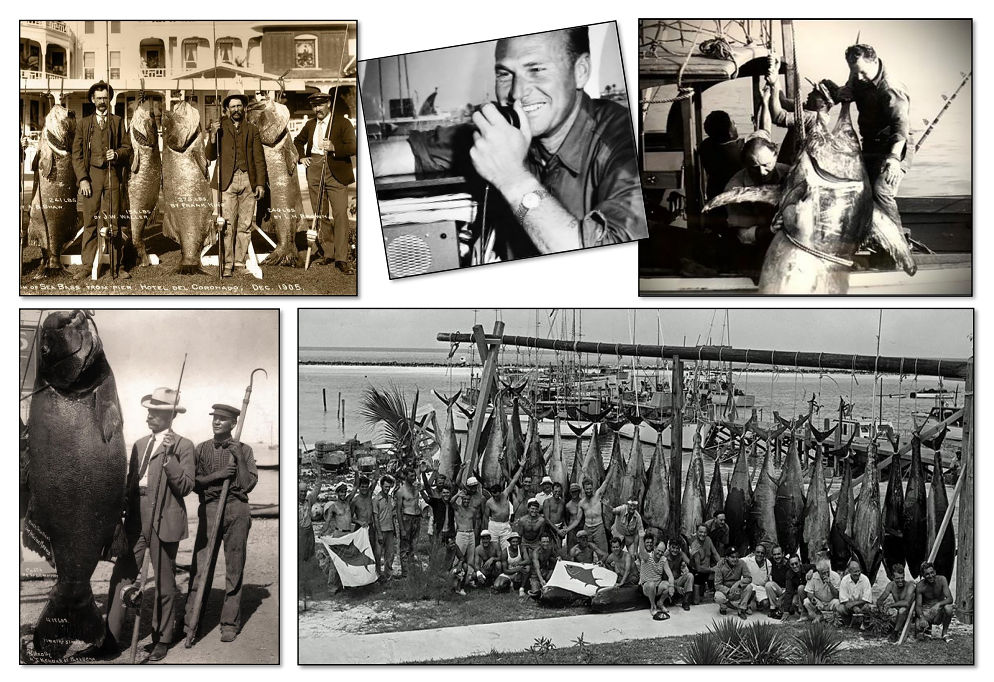
Chapter 4 – AMERICAN INGENUITY
From the time man first fished for pleasure, creative minds transformed what was once a simple act of subsistence into an art form. They used their passion and ingenuity to drive the sport forward. They learned from their triumphs and mistakes, building new gear and new companies to share their discoveries with the world. The twentieth century saw a rapidly expanding fan base for sportfishing, thanks to seemingly endless innovations in everything from terminal tackle, to rods, reels, line and electronics.

Chapter 5 – PUSHING THE LIMITS
Across the globe, anglers share in a passion fueled by the spirit of the sport. It embodies the very essence of sportfishing and forms a bond that transcends time and distance. Throughout the ages, wherever the challenge, and whatever the species, extraordinary moments occur when fishing that few other sports offer. The exhilaration experienced during the presentation of a bait, leading to the bite, are unique to each angler, and when they happen, everything else becomes secondary.
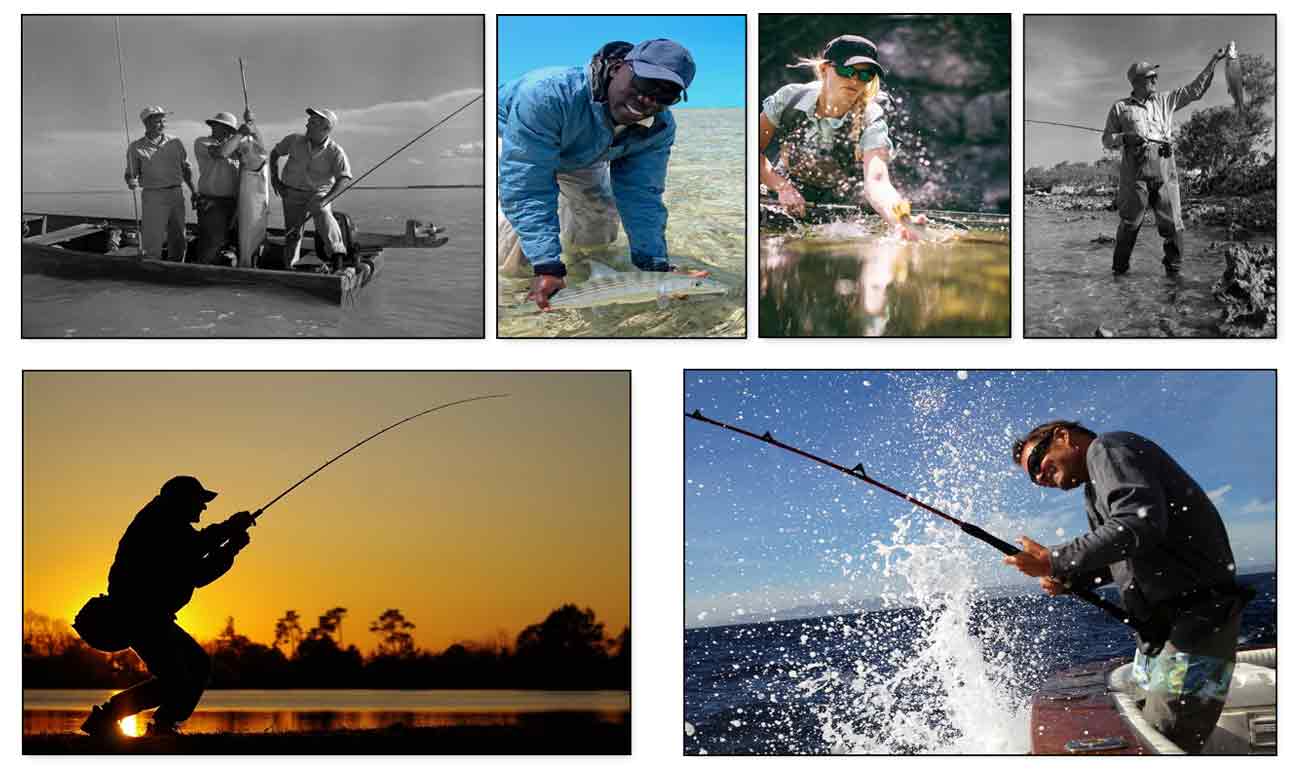
Chapter 6 - THE ART OF THE FLY
Use the words "fishing" and "art" in the same sentence, and one might picture a pristine stream with a wading angler gracefully swinging a fly rod in the morning mist.
Fly fishing is one of the oldest recorded forms of fishing. It came to the colonies from Great Britain in the 1700s, but the practice today would be almost unrecognizable to those early pioneers. Today's freshwater fly angler has the best of both worlds...centuries old traditions and all of the advantages of modern rod, reel and line technology. Often called the purist form of the sport, it is also one of the fastest growing of all fishing disciplines.
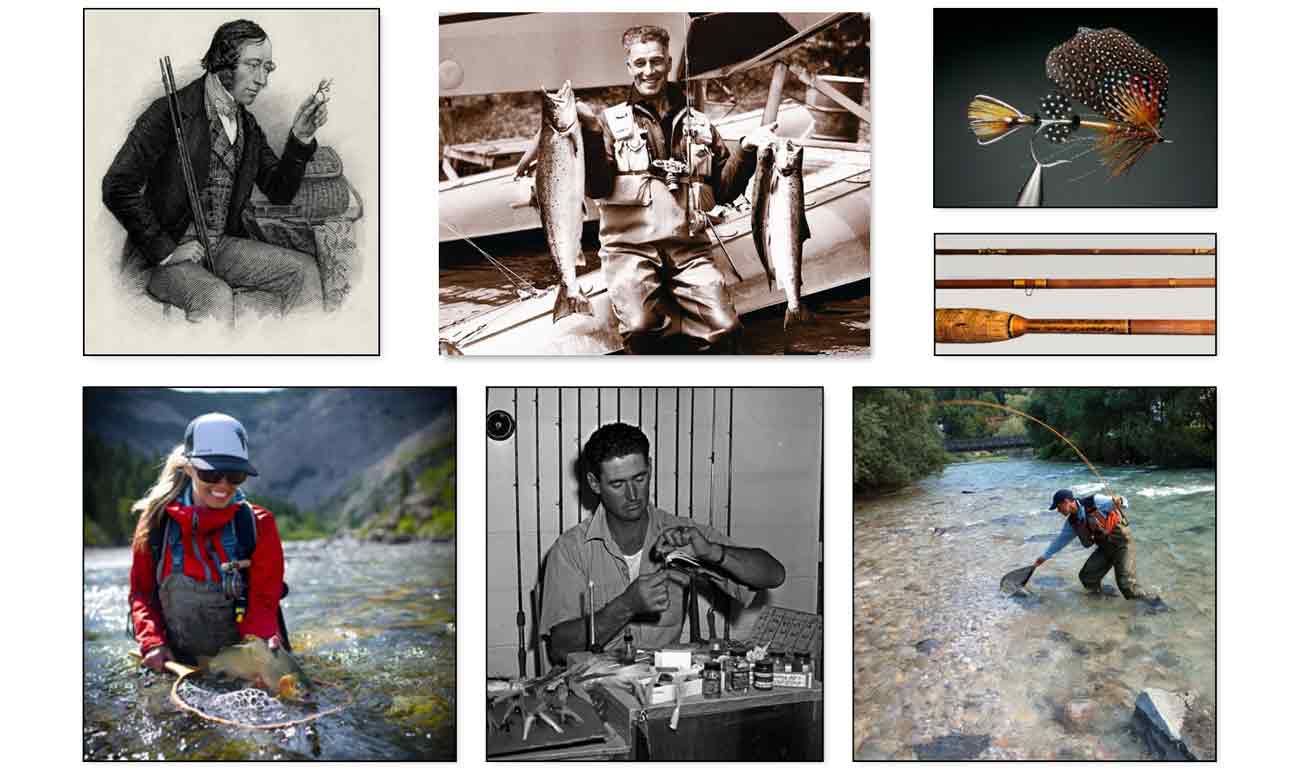
Chapter 7 - THE ARTISANS OF THE FLY
Fly fishing began as a sport of kings and aristocrats. Costly equipment and the rarity of leisure time prior to the industrial revolution kept it that way for centuries, until a determined group of men and women brought fly fishing into the mainstream of European and American culture. In sportfishing, few things are more beautiful and productive than a well-designed fly. The individuals who create them, and those who teach others how to use them, are an essential part of the history of fly fishing. If the discipline of fly fishing can be described as an art form, then these pioneering individuals are truly, The Artisans of the Fly.
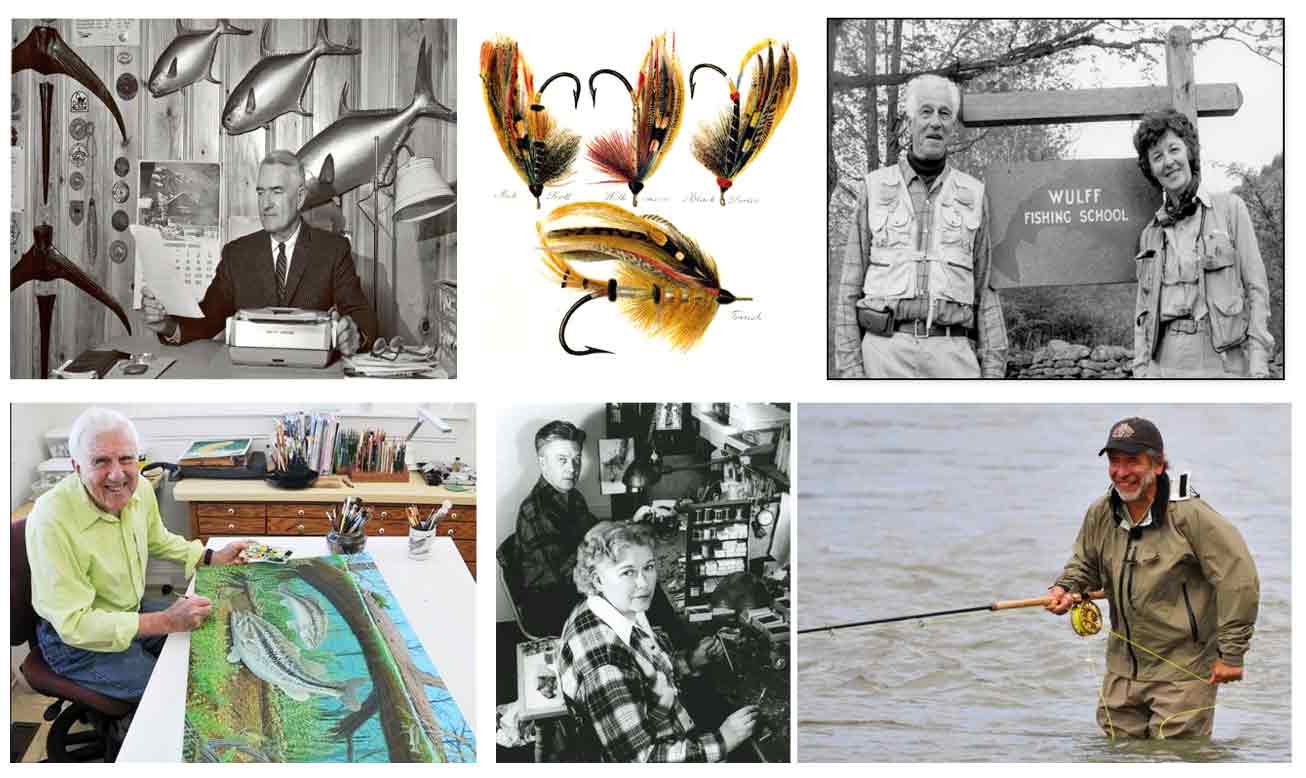
Chapter 8 – SALTWATER FLY FISHING
The earliest recorded evidence of anglers attempting to fly fish in salt waters dates back to the mid-1600s, but fishermen soon found that rudimentary fly tackle could not stand up to the harsh conditions and strength of big gamefish. Little more was heard about it until the early 1950s, when a small group of innovative men and women in South Florida started a trend that that is now practiced in salt waters around the globe.
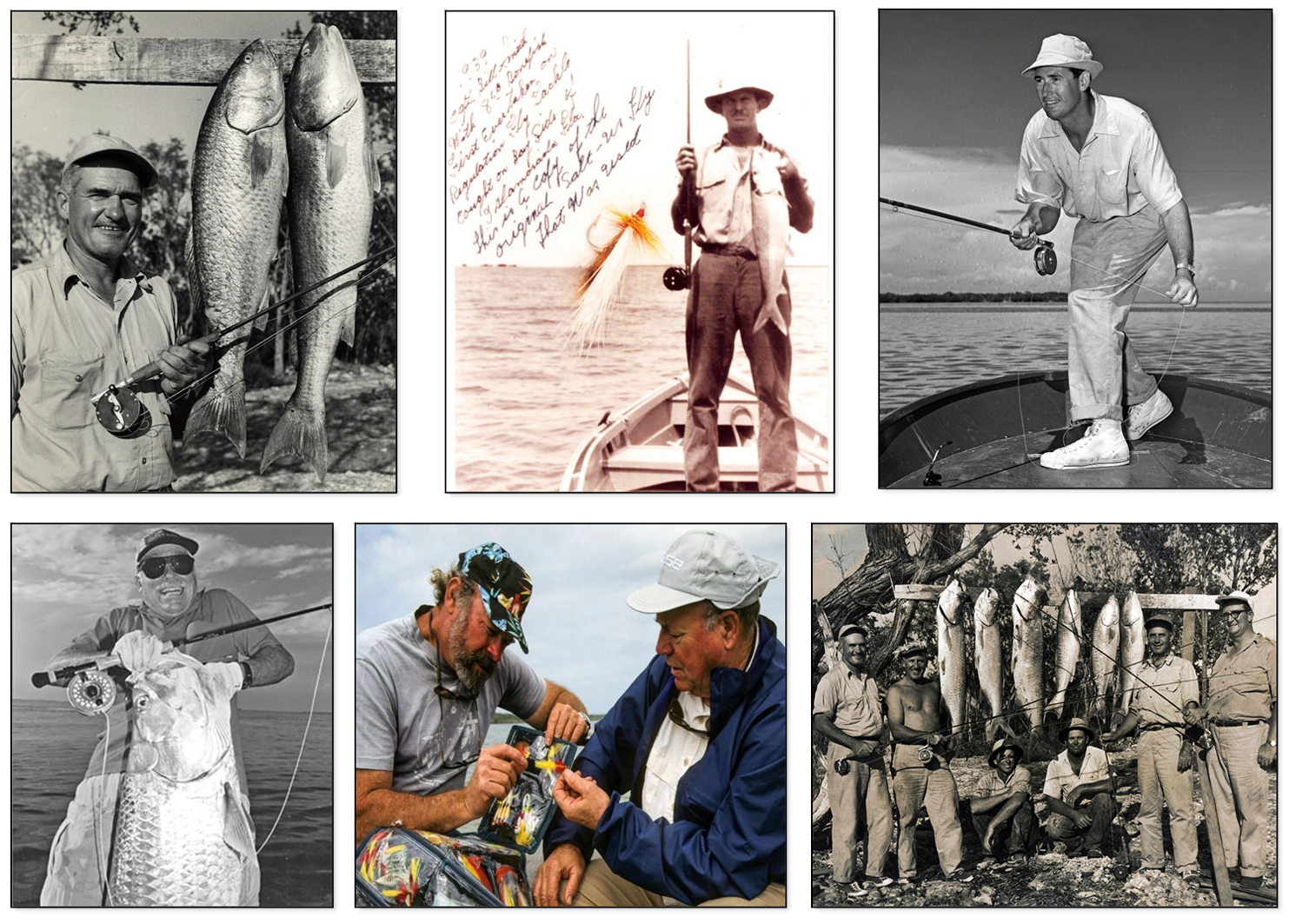
Chapter 9 - BASS, THE GAMEST FISH THAT SWIMS
Bass are one of the most prolific game fish in the U.S. waters and are also found throughout Europe, Asia, South & Central America and Africa. Always a popular food source, they were not considered a highly sought-after sport fish until the mid-20th century, when advances in modern spinning and baitcasting reels, monofilament line, and artificial lures would bring bass fishing to legions of new fans. A 2018 American Sportfishing Association survey found over 50% of regular freshwater anglers prefer to fish for bass, and in 2020, bass fishing contributed more than $115 billion dollars to the U.S. economy.
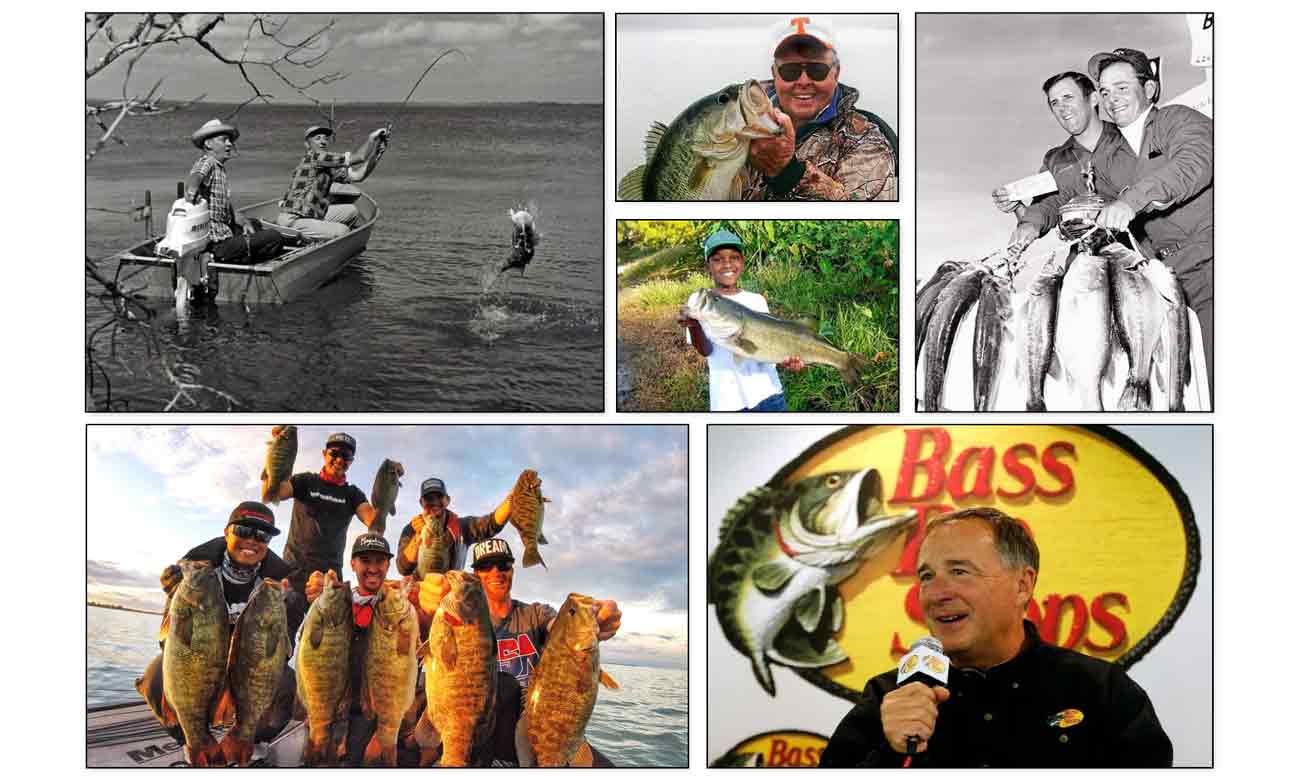
Chapter 10 - THE COMPETITIVE EDGE
Some of the earliest recorded fishing competitions took place in late 1800s with anglers from local clubs competing to win buttons for capturing fish of record sizes. With the founding of The International Game Fish Association in 1939, that competitive spirit rapidly spread as anglers sought to have their names entered in the books as official world record holders. Initially, they earned modest trophies or merchandise prizes for their efforts. Today, competitive prize money can be in the millions for a single tournament. With an estimated 40,000-plus tournaments annually, there is plenty of healthy competition to go around.

Chapter 11 - CONSERVATION AND CHILDREN, THE FUTURE OF SPORTFISHING
Today, sportfishing is enjoyed by millions of individuals around the globe. With this popularity, comes great responsibility. Fisheries are seeing unprecedented pressure worldwide, the majority of which can be directly attributed to massive commercial operations and environmental challenges. Recreational fishermen, local guides and industry leaders were some of the first to recognize these issues, and they remain at the forefront of those seeking solutions. The key to successful management of aquatic ecosystems must center on science and education, especially of youth. It is only by teaching children to be stewards of the history, resources, and the valuable life-lessons found at the end of a fishing line, that we can ensure the future of the sport, and of the planet itself.
